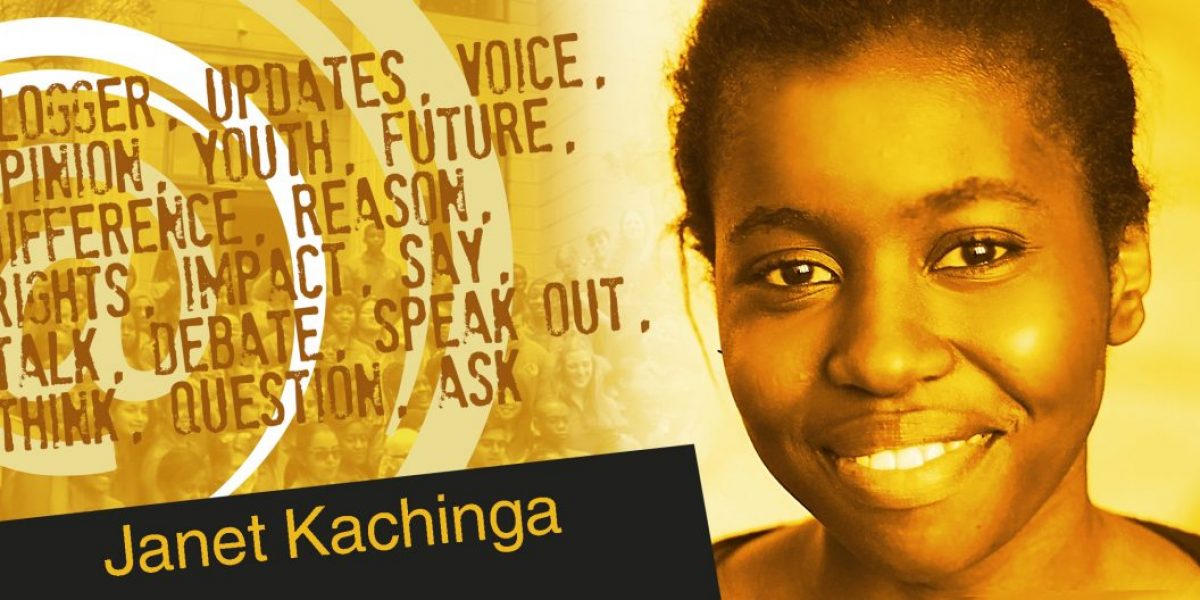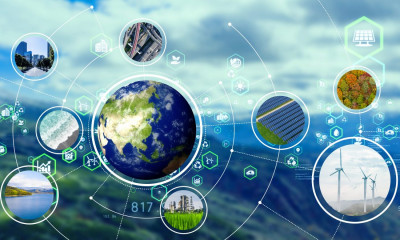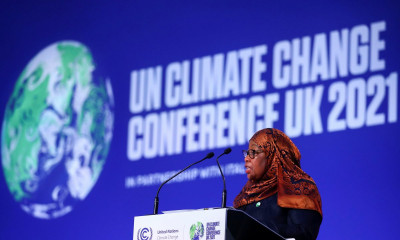One of the challenges the world faces today, and what is possibly our biggest failure as a people, is ending world hunger. Currently 795 million people in the world are undernourished according to a 2015 report by the Food and Agriculture Organisation. It is shocking and saddening that at in a world with magnitudes of accomplishments, we have failed to ensure that everyone has the most fundamental requirement for survival.
Sustainable Development Goal 2, ‘End hunger, achieve food security and improved nutrition, and promote sustainable agriculture’, aims to tackle this challenge, but how can this multi-dimensional issue be solved – what will it take?
The World Health Organisation (WHO) defines food security as having economic and physical access to food meeting the required dietary needs and food preferences. Three pillars are essential for food security to be attained: availability, access and use. Food availability is when there is adequate food available on a consistent basis. Food access is when people have the necessary resources to obtain a nutritious diet. The third pillar, food use, ensures people have a basic understanding of nutrition, and food is stored and cooked appropriately.
The underlying causes of food insecurity vary and are well documented. They include disruptive government policies, social inequalities, restricted access to land and water, poor agricultural sectors and rural infrastructure, and the negative impact of climate change.
Food security, ending hunger, ending poverty are topics that have been on the global agenda for 70 years. Various organisations and committees, such as the Committee on Food Security (CFS), have been created to tackle food insecurity. At the 1996 World Food Summit in Rome in 1996, representatives of 182 governments pledged ‘… to eradicate hunger in all countries, with an immediate view to reducing the number of undernourished people to half their present level no later than 2015’. In 2000, as part of the Millennium Development Goals (MDGs), 189 nations pledged to free people from multiple deprivations, recognising that every individual has the right to dignity, freedom, equality and a basic standard of living that includes freedom from hunger and violence. Other summits and conferences have been held and documents have been signed in the name of ending hunger, yet this is a problem that the world is facing.
Admittedly there has been progress made, globally. According to the State of Food Security report, the number of undernourished people has declined by 216 million since 1990 and 72 countries were able to halve the number of people suffering from hunger by 2015. It is also important to note that progress has been hindered by many issues such as volatile commodity prices, the global economic recessions that occurred in the late 1990s and again after 2008. Extreme weather events, natural disasters and political instability have also played a role.
A number of targets have been identified as necessary to ensure Goal 2 is achieved; these touch on agriculture, finance, and markets among other topics. The first target is:
Target 1.1 By 2030 end hunger and ensure access by all people, in particular the poor and people in vulnerable situations including infants, to safe, nutritious and sufficient food all year round.
This means in 15 years there will be no hunger – or rather, there shouldn’t be. Is this really achievable and if so what will it take? What needs to change?
Indicators suggested for this target include the Multidimensional Poverty Index, identifying the number of people living on less than $1.25 per day, the proportion of eligible population covered by state social protection programs, the number of people with secure rights to land, property, and natural resources, measured by (i) percentage with documented or recognized evidence of tenure, and (ii) percentage who perceive their rights are recognized and protected.
Astonishingly, the problem is not that there is a shortage of food. Some argue that there is enough food in the world to feed everyone adequately, and that the problem is distribution.
However, I personally have seen that while food is available, people do not have the resources to be able to get the food they need.
In the first year of my tertiary education I knew a young woman, who on top of studies and family issues had to worry about feeding herself every month. She came from a family in a rural area that was not well off but she finished high school with excellent grades. She managed to get a scholarship for university but it did not cover her upkeep. Both her parents worked and they could afford to send her ZAR 600 a month. This was supposed to cover her food, toiletries, electricity and transport expenses. By the 20th of every month she would be out of money with a loaf of bread to last until she got money for the following month. She had to budget food eating once maybe twice a day, and a meal could be 2 slices of bread or a cheap packet of crisps she could buy on the street. At times she would offer to help other students with chores to get a meal or had to rely on friends for assistance.
Stores were stocked with food and lived above the poverty line but she just could not afford to feed herself properly each month. The situation worsened when fuel prices went up and commodities prices were hiked. And she was not the only one; this is a case for many students, and many more people in South Africa and across the continent.
Most governments have a long list of domestic issues to tackle with very limited resources, so social protection programs do not always reach everyone in need. Of the 795 million people in the world who are undernourished, 780 million are in developing nations. A Generation 2030 report published by UNICEF earlier this year stated that 2 billion babies will be born in Africa within the next 35 years. The numbers are staggering for many developing countries. With us failing to feed the numbers we have and the numbers of birth predicted can we end hunger by 2030?
Food access also looks at people having resources such as land, property and natural resources. However in many countries women still face challenges in obtaining land. Some cultures do not permit women to own land or property. In certain cases mothers that have lost their husbands have to give up the land to the husband’s male family members. How do we go about changing this? Governments have to respect people’s cultures and therefore cannot always enforce policies onto people.
To the world leaders preparing for the UNGA summit next month, the leaders that attended the Financing for Development conference in July and other conferences and summit, what will be different this time? Countries are still recovering from the last financial crisis, funds for humanitarian actions are dwindling and climate change effects are still being felt. Yes the Open Working Group was an inclusive process, but the SDGs are not legally binding and the underlying causes of food security are still present. How will we end hunger by 2030?
To my fellow youth, this is an issue that need more than just our global leaders. These are your fellow countrymen, 2030 is your future. What role are you playing? What can you do create a better tomorrow?
Change comes to those that want it and act on it. If you are not involved, you’re not part of the change or the solution. Have a vision of how you want your society to be, and inspire others to join you in creating it.







